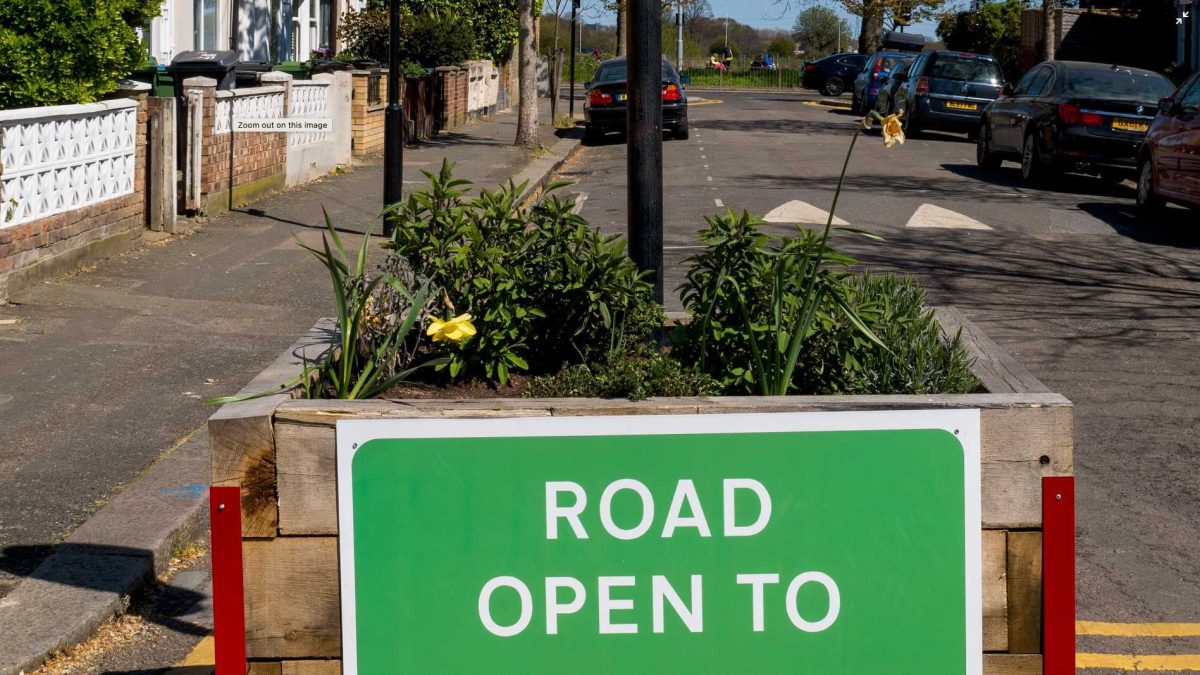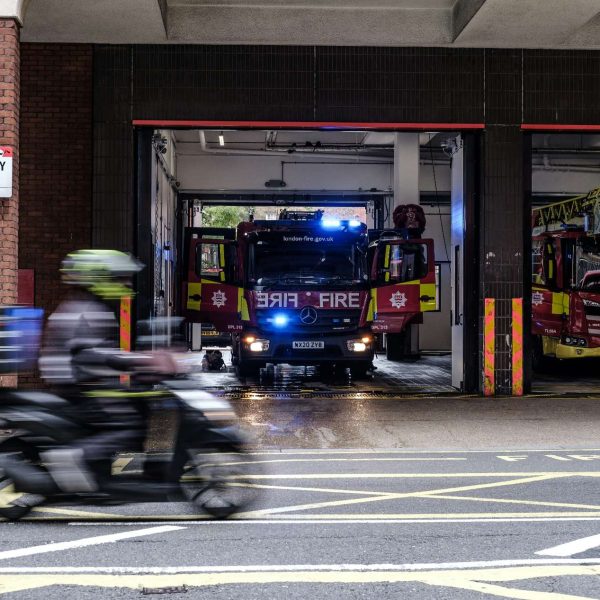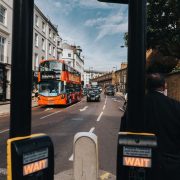
Speed Tables: A Cost-Effective Way to Slow Down Traffic
Speed tables are a practical and cost-effective solution to address the issue of speeding in various areas, including residential neighborhoods, school zones, and busy intersections.
These elevated sections of pavement are strategically placed to slow down vehicles as they drive over them. By implementing speed tables, local authorities can enhance safety and make streets more pedestrian and cyclist-friendly.
When it comes to reducing vehicle speed, speed tables have proven to be highly effective. They act as physical barriers, compelling drivers to slow down and navigate the bump in the road. By creating this obstacle, speed tables encourage drivers to pay more attention to their surroundings and adhere to the designated speed limit. This, in turn, helps prevent accidents and ensure the safety of both motorists and vulnerable road users such as pedestrians and cyclists.
The construction of speed tables typically involves materials such as asphalt or concrete. These materials are durable and suitable for withstanding heavy traffic. Speed tables are designed to span the entire width of the road, ensuring that all vehicles passing through are impacted by the traffic calming effect. Generally, they are placed in the center of the road; however, they can also be installed at the sides depending on the specific requirements of the location.
One of the advantages of using speed tables is their versatility. They can be strategically placed based on the need to reduce vehicle speed or limit traffic flow. For instance, speed tables are commonly implemented near schools, parks, and residential areas where maintaining a safe environment for pedestrians and children is crucial. By implementing speed tables in these areas, drivers are encouraged to slow down, reducing the risk of accidents and providing a safer environment for residents.
In addition to their effectiveness as a traffic calming measure, speed tables are also cost-effective. Compared to other traffic control solutions, such as speed bumps or road widening projects, speed tables are relatively inexpensive to install and maintain. Municipalities with budget constraints can benefit from this cost-effectiveness and allocate their resources toward other important initiatives.
The ease of installation is another advantage of speed tables. They can be quickly and efficiently implemented, minimizing disruptions to traffic flow during the installation process. This is particularly beneficial in areas where the need to reduce vehicle speed is urgent, such as school zones or residential streets with high traffic volume. By installing speed tables promptly, local authorities can enhance safety and control speeding effectively.
Moreover, speed tables serve as a visual reminder for drivers to reduce their speed. As motorists approach a speed table, the raised pavement serves as a cue to slow down and be more cautious. The visual impact of speed tables reinforces the message of safe driving, promoting a culture of responsible and law-abiding behavior on the roads.
Speed tables are an affordable and efficient method to address speeding in various areas. They effectively slow down vehicles by acting as physical barriers and visual cues for drivers to reduce their speed. The cost-effectiveness and ease of installation make speed tables a popular choice for municipalities looking to enhance road safety. By implementing speed tables, local authorities can create a safer environment for pedestrians, cyclists, and motorists alike.
















